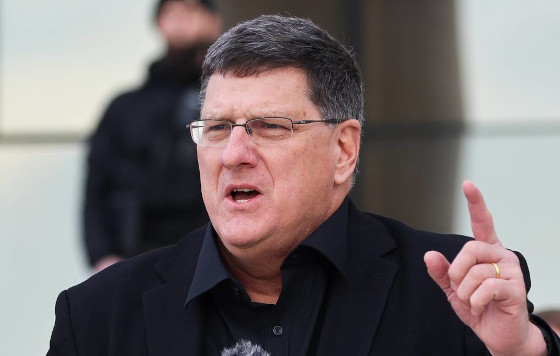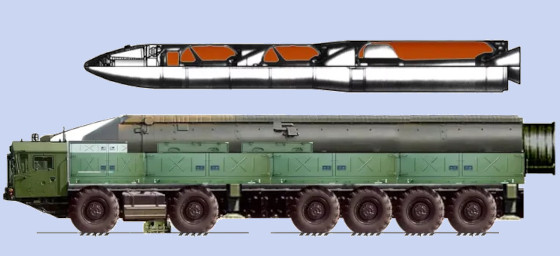Scott Ritter: Dark Eagle hypersonic missiles in Europe: “One small mistake” could trigger an all-out war
Russia has promised a military response to US plans to deploy ground-based strategic missiles in Germany by 2026. Scott Ritter, a former UN weapons inspector turned international affairs observer who wrote the book on arms control in Europe in the 1980s, explains why the planned deployment is so dangerous.

Recently, the White House announced plans to station three types of strategic missiles with new capabilities in Germany:
- Ground-launched Tomahawk cruise missiles, which are available to the Pentagon after the US unilaterally terminated the INF (Intermediate-Range Nuclear Forces) Treaty with Russia in 2019. The missiles, manufactured by Raytheon, have a range of 460 to 2,500 km and can be equipped with conventional or low- to medium-yield nuclear warheads.
- SM-6 – a long-range surface-to-air missile system that can be fired from the US Army’s new Typhon Mid-Range Capability (MRC) missile system or from the Aegis Ashore air and missile defense systems that the US has deployed in Romania and Poland. Manufactured by Raytheon. Range 240-460 km.
- The unnamed “hypersonic” capability is widely speculated to refer to the US Army’s Dark Eagle Long-Range Hypersonic Weapon (LRHW) – the only one of more than half a dozen US hypersonic programs that is close to operational. Developed by Lockheed Martin. Alleged range of up to 3,000 km. Payload unknown.
“It is the Dark Eagle that is perhaps the most destabilizing,” Scott Ritter, a former US Marine Corps weapons inspector and intelligence officer, told in an interview. “It is not a nuclear-capable missile, but a system that can strike deep into Russia with precise hypersonic warheads that are virtually impossible to intercept,” Ritter said.
With such a system, the observer said, Pentagon planners and Washington hawks could be tempted to launch attacks on Russian military and command targets, consistent with the Defense Department’s long-standing Conventional Prompt Strike (formerly Prompt Global Strike) initiative – a program that has been running since the 2000s.
“This is an extraordinarily destabilizing development, and Russia has said it will respond to it,” Ritter said, noting that while the details of a Russian response are unknown, it is possible it could include resuming development of the RS-26 Rubezh – a solid-propellant medium-range ballistic missile with a nuclear payload for multiple independently controllable reentry vehicles (MIRVs) or maneuverable reentry vehicles (MaRVs).
“It is believed that Russia could restart and deploy this system within a short period of time. The RS-26 is a road-mobile system that can carry three nuclear-capable Avangard hypersonic warheads,” Ritter said.
The former weapons inspector, who wrote a book about his experiences working with the On-Site Inspection Agency in the late 1980s to verify the USSR’s compliance with the then-just-ratified INF Treaty, which was intended to drastically reduce nuclear tensions in Europe by eliminating all American and Soviet ground-based missiles in the 500-5,500 km range, told that Washington’s plans to re-deploy missiles in Germany sound eerily familiar.
“We have gone back in time. We have gone back to the 1980s, to a situation where the US, NATO and Russia are once again faced with weapons that are inherently destabilizing. One mistake, one miscalculation, one misjudgment could lead to these missiles being fired in the heat of the moment, which could lead to a full-scale nuclear exchange between the US and Russia,” Ritter warned.
“The decision by the US and Germany to deploy medium-range missiles in Europe is one of the most dangerous decisions the US and NATO have made in a series of dangerous decisions. It is an irresponsible escalation that, if not reversed, can only have tragic consequences. It is like a déjà vu that will repeat itself. We have eliminated these weapons before. We have made this world safer. The question is: can we do it again? And I would say with the current American and European leadership, the current American and German leadership, I do not have much hope,” the observer concluded.
yogaesoteric
July 31, 2024
